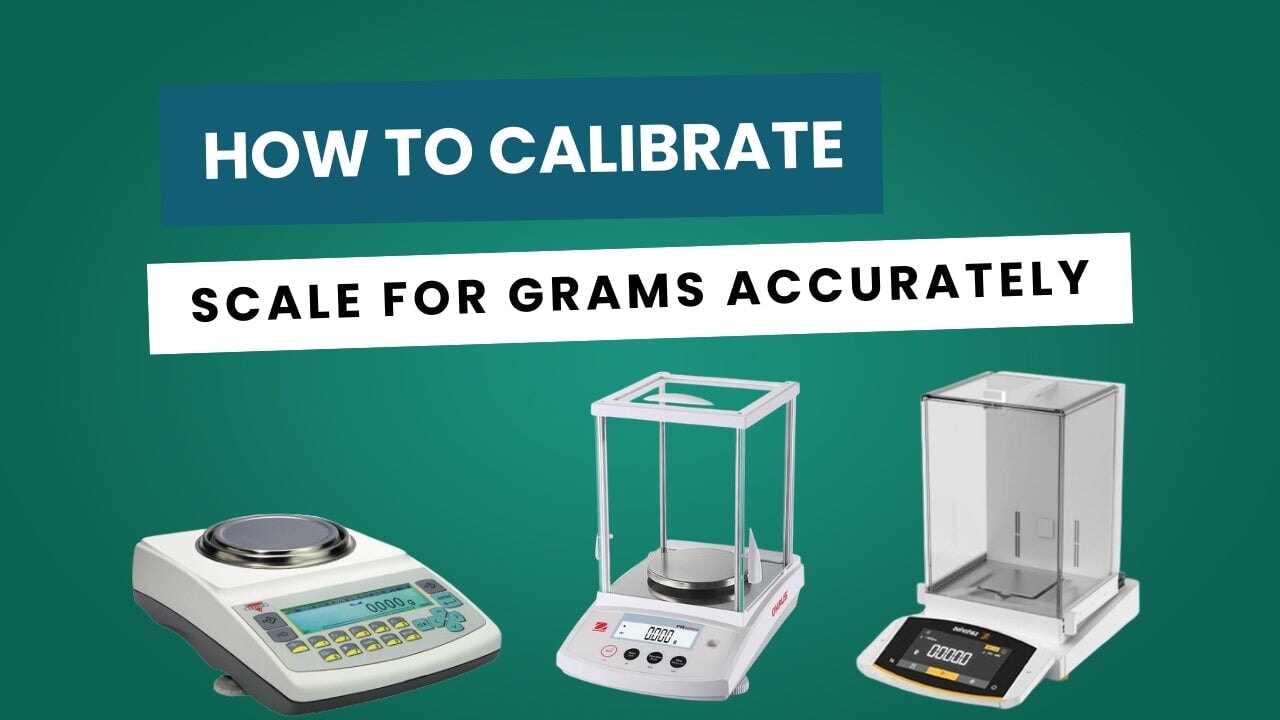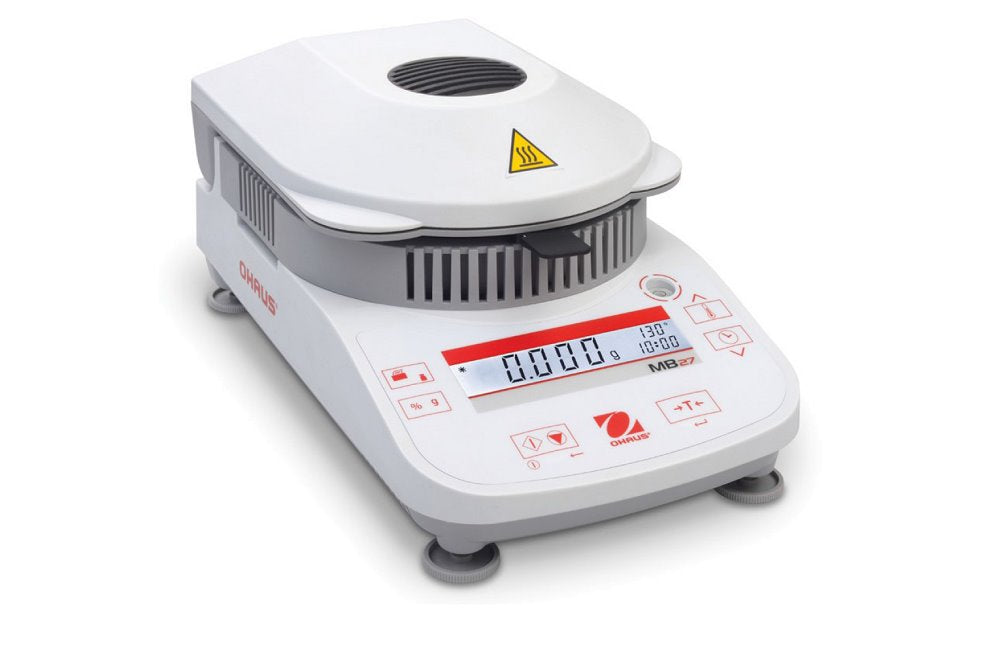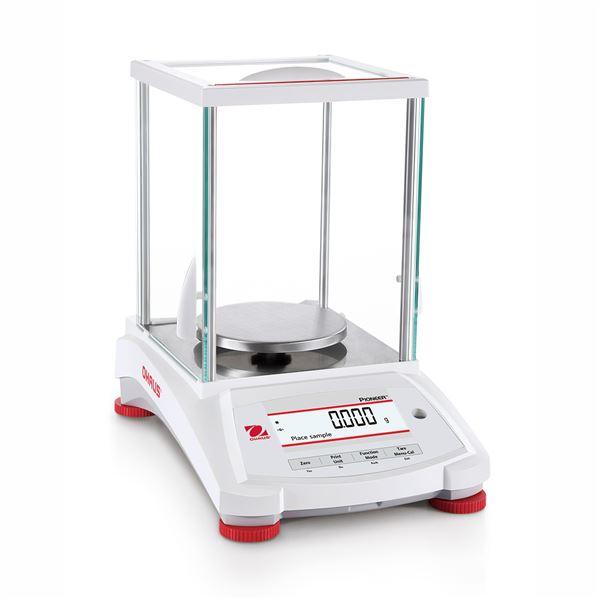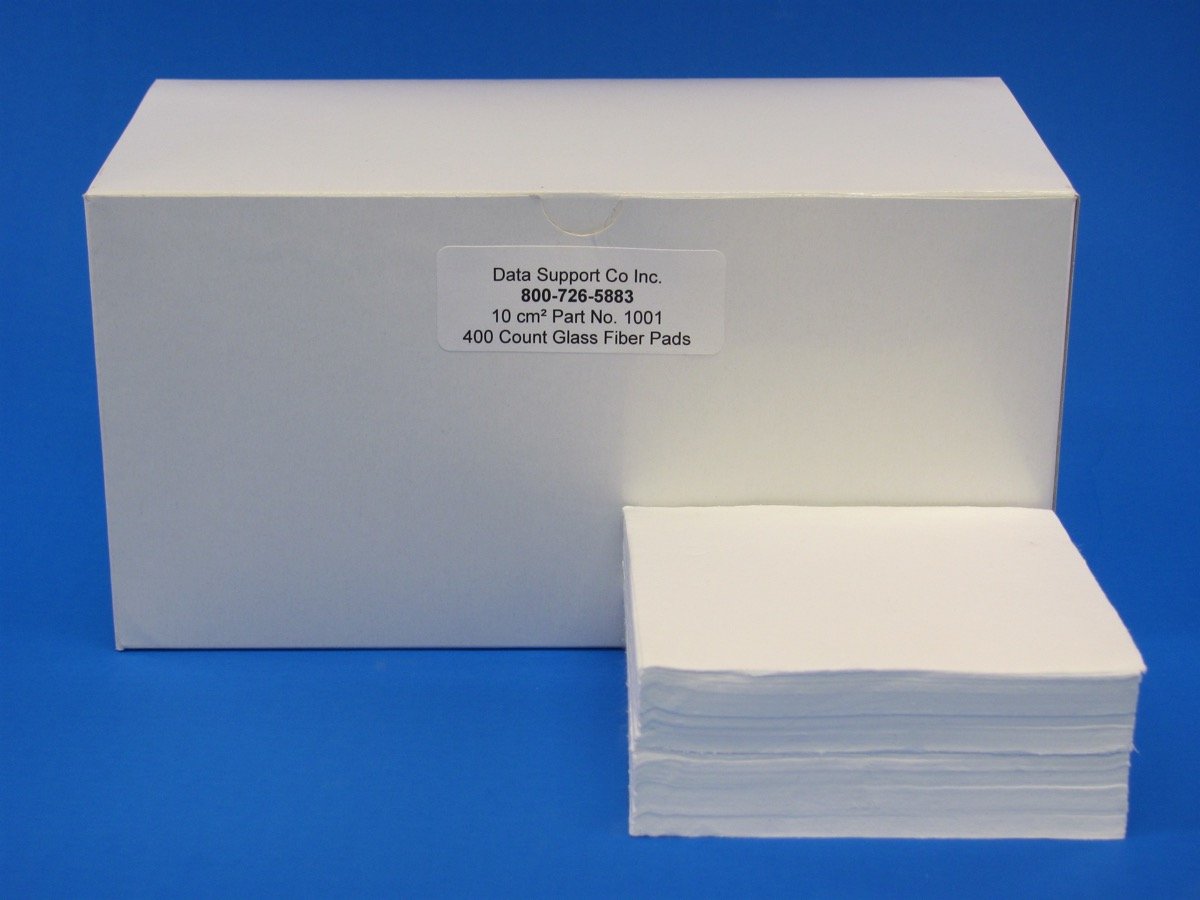Wondering how to calibrate a scale for grams to ensure accurate measurements? This guide will take you through each step, from preparing your scale and using calibration weights to alternative methods and maintaining accuracy. Achieving precise readings has never been easier.
Key Takeaways
-
Properly prepare your scale by ensuring it is on a flat surface and clean before calibration.
-
Use standardized calibration weights for accurate measurements, and verify the scale’s accuracy with known weights post-calibration.
-
Conduct regular maintenance on your scale, including inspections and cleaning, to ensure long-term accuracy and functionality.
Preparing Your Scale for Calibration
Before you start calibrating, make sure your digital scale is properly prepared for accurate readings. The first step is to place the scale on a flat, stable surface. Any tilt or wobble can cause inaccurate measurements, so make sure the platform is level and secure. This simple step can greatly improve the accuracy of your scale.
Always follow the manufacturer’s directions to verify the surface is level—using a spirit level if possible—and ensure the area is free from vibrations or drafts for the most accurate calibration.
Next, ensure that the scale is clean and free from debris. Even small particles can disrupt the sensors, leading to false readings. Use a soft brush or compressed air to gently clean the weighing surface. This initial cleaning maintains the scale’s functionality and ensures a good start to your calibration process.
Using Calibration Weights
Calibration weights are the gold standard when it comes to calibrating digital scales. These weights are standardized and verified against highly accurate scales, ensuring precise measurements. Always place the calibration weight in the center of the scale to ensure even mass distribution and accurate readings.

Allow the scale to stabilize for a few moments after placing the calibration weight for more accurate measurements. Calibration weights come in various denominations, so ensure you are using the correct weight for your calibration needs. Most gram scales commonly use weights of 10 grams or 100 grams, including a gram scale for precision. When calibrating, make sure the total weight of all calibration weights used matches the scale's required capacity to achieve accurate calibration results.
Although using calibration weights seems straightforward, handle them with care. Oils and residues from your hands can alter their mass over time. Therefore, always use clean, dry hands or gloves when handling these weights. Properly using and maintaining calibration weights keeps your scale accurate and reliable. The resolution of your scale is also crucial, as higher resolution allows for detecting smaller differences in weight, leading to more precise calibration outcomes.
Entering Calibration Mode
To start the calibration process on your digital scale:
-
Enter the calibration mode on your digital scale.
-
Refer to your user manual for specific instructions, as methods vary between models.
-
On many scales, hold down the ‘MODE’ button until ‘CAL’ appears on the display (though this is not universal).
Some scales might require you to turn the device off and then press a specific sequence of buttons to enter calibration mode. Some models have a dedicated ‘CAL’ button to start the process. Regardless of the method, the goal is to access the calibration mode where the scale will prompt you to place a specific calibration weight on the platform.
During the calibration procedure, certain digital scales may flash their display or indicator lights to signal readiness for the next step or to confirm completion of the process.
In calibration mode, the display typically shows a target weight to match with your calibration weights. This step ensures the scale is zeroed correctly for accurate readings. Follow the on-screen prompts carefully to complete the calibration process.
Calibrating with Household Items
Sometimes, you may need to calibrate your scale without standard calibration weights. In such cases, household items can serve as a practical alternative. A coin, such as a nickel, can be used for rough calibration due to its known weight. Twenty nickels or a few pennies can provide an approximate weight of 100 grams, which can be useful for rough calibration. Similarly, a cup of water measuring 100 mL can be used as a 100-gram reference.
However, using random objects for calibration can lead to inaccuracies. The weight of a coin can vary depending on its circulation, as coins can wear down and accrue debris over time, affecting their mass. When using coins for calibration, expect some variation in accuracy compared to freshly minted coins. While household items can be a temporary solution, they should not replace standard calibration weights for routine calibration.

Using household items requires careful handling and skepticism about the results. For best results, the object you weigh should be as close as possible to the reference weight. Double-check your calibration accuracy with known weights whenever possible. This ensures that your scale remains reliable, even when you have to improvise.
Checking Accuracy with Known Weights
After calibrating your scale, verify its accuracy with known weights:
-
Use objects weighing exactly 10 grams and 100 grams, which are ideal for this purpose.
-
Place these weights on the scale and check the readings.
-
If the scale shows any discrepancy, you may need to recalibrate to ensure it is providing accurate measurements. To measure the accuracy effectively, follow these steps.
-
After placing the known weight, confirm that the scale displays the correct value before proceeding.
Validated weights help maintain confidence in your scale’s accuracy. Regularly checked your scale with known weights ensures it remains reliable.
If discrepancies persist, it might be time to determine the manufacturer or consider a more thorough maintenance routine to change.
Regular Maintenance Tips
Maintaining your digital scale ensures long-term accuracy and functionality. Regular maintenance ensures that items are weighed accurately, which is important for both personal and commercial use. Begin by:
-
Keeping the weighing surface clean, as debris and moisture can disrupt the scale’s sensors and lead to inaccurate readings.
-
Using tools like soft brushes or compressed air for cleaning.
-
Avoiding harsh chemicals that could damage sensitive parts.
Regular inspections are another key aspect of scale maintenance. These inspections should include:
-
Checking for any signs of wear or damage that could affect the scale’s performance.
-
Addressing any issues promptly to prevent further deterioration.
-
Ensuring routine inspections are conducted by trained technicians to guarantee thoroughness and review.
Environmental factors can impact your scale’s accuracy. Humidity, temperature changes, and dust exposure may necessitate more frequent calibration. After physical disturbances or environmental changes, verify the scale’s accuracy and recalibrate if necessary. This ensures that the scale remains reliable in varying conditions.
Keep a maintenance schedule and checklist to track service intervals and ensure timely care. Regularly replacing batteries is also essential for consistent performance and to prevent calibration disruptions. Following these maintenance tips helps ensure your scale remains accurate and reliable over time.
Importance of Accurate Readings
Accurate readings are crucial for any measurement task, from cooking to scientific research. Calibration ensures the accuracy of your digital scale, making every measurement precise. Calibrated scales help maintain compliance with regulatory standards, promoting consumer safety and trust.

Accurate readings are also essential for fair purchase transactions, ensuring customers receive the correct amount for their money and that the value of each purchase is based on precise measurements.
Proper weighing techniques contribute to consistent readings. Placing items gently in the center of the scale ensures even distribution and accurate measurements. Conversely, using household coins for calibration can lead to inaccuracies due to wear and debris. Therefore, always aim for the most accurate methods available.
Measurement inaccuracies can have significant impacts. For example, in cooking, an incorrect measurement can lead to a failed recipe, while in scientific experiments, it can result in variable results and unreliable data. Maintaining accurate readings not only ensures precision but also accurately reading the reliability and success of your tasks.
How Often Should You Calibrate?
Calibration frequency is crucial for maintaining your digital scale’s accuracy. Calibrate regularly according to the manufacturer’s recommendations and user logs. Following a regular calibration course helps maintain the scale's accuracy over time. Generally, calibrate scales at least annually, but this can vary based on several factors.
Usage intensity and environmental conditions can affect calibration frequency. Scales used more frequently or in varied conditions may require a warm set calibration to maintain their power accuracy, as users need to read the results carefully and ensure they are measured accurately within a specific range, even if the scales are bent, each quarter, with references to best practices.
A regular scale calibration schedule keeps your scale reliable for all measurement needs.
Summary
In summary, accurate scale calibration is essential for ensuring precise measurements in a variety of tasks. Preparing your scale correctly, using calibration weights, entering calibration mode, and even using household items when necessary are all critical steps in this process. Following a proper calibration procedure is essential for maintaining accuracy. Regular maintenance and checking accuracy with known weights help maintain your scale’s reliability.
By following these guidelines, you can ensure that your digital scale provides accurate readings, whether you’re cooking, conducting scientific experiments, or simply weighing items for personal use. Remember, the key to reliable measurements lies in regular calibration and proper maintenance. Regularly calibrating scales ensures reliable measurements for all applications.
Frequently Asked Questions
How do I know if my scale needs calibration?
To determine if your scale needs calibration, periodically test it with known weights; if the readings are inconsistent with those weights, recalibration is necessary.
Can I use household items for calibration?
You can use household items for rough calibration, such as coins or a cup of water, but be aware that this method may result in inaccuracies. For precise calibration, it is advisable to use standard calibration weights. A wooden ruler can also be used as a reference standard for calibrating traditional measuring tools.
How often should I calibrate my scale?
You should calibrate your scale at least annually, but if it is used frequently or subjected to varying environmental conditions, more frequent calibration may be necessary.
What causes a scale to lose accuracy?
A scale loses accuracy due to debris on its weighing surface, environmental changes, physical disturbances, and battery issues. Ensuring a clean surface and stable conditions can help maintain precise measurements.
Is it necessary to clean my scale regularly?
Yes, it is essential to clean your scale regularly to ensure accurate readings, as debris can interfere with the sensors and compromise its performance.





